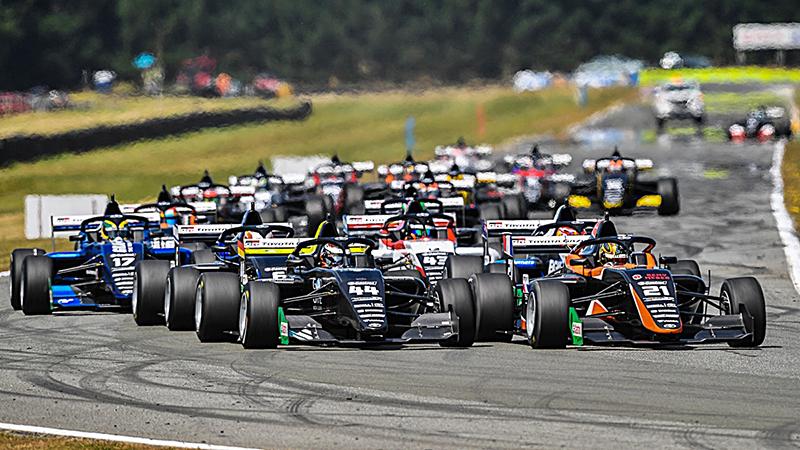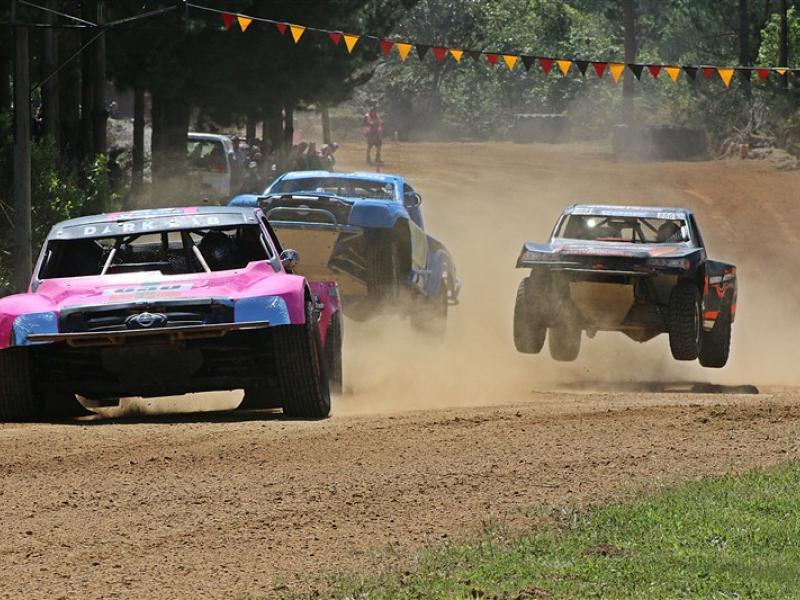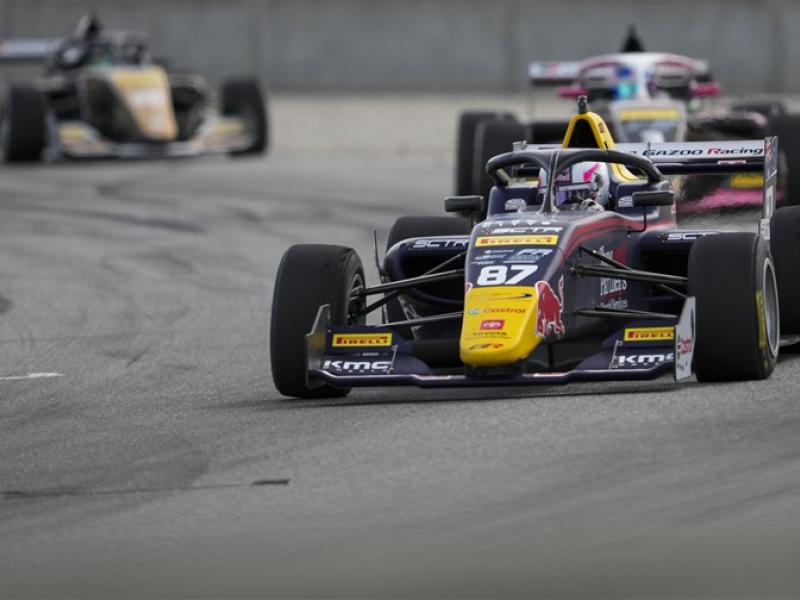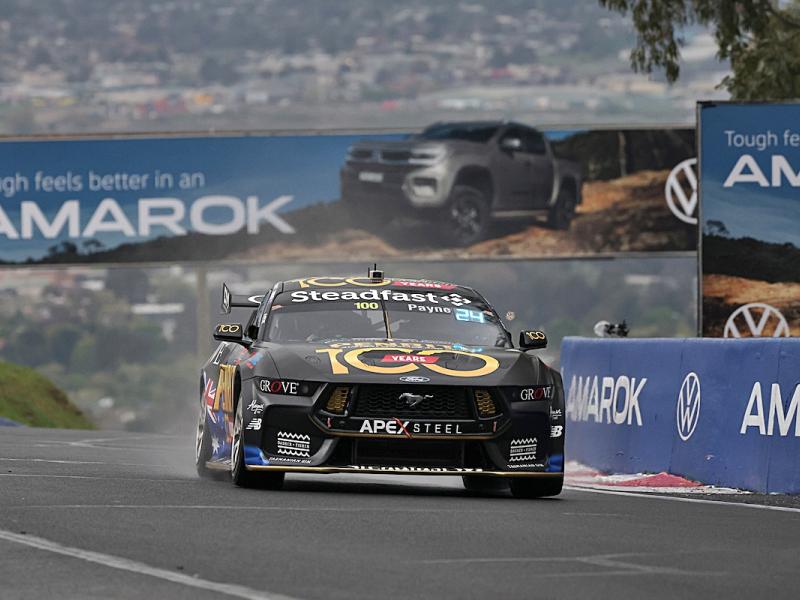New Zealand’s premier motorsport series is focussing on the future.
Toyota Gazoo Racing New Zealand’s motorsport manager Nico Caillol has been talent spotting in Europe, spreading the word among drivers, managers and teams.
He says the European tour is essential to build a quality grid for the 2024 series.
“Basically, we go talking to drivers, and promoting the series for 2024.”
A big attraction for drivers is the chance to do five consecutive weekends of testing, practice, qualifying and racing during the northern hemisphere off-season. The Castrol Toyota Racing Series, known these days by the less-than catchy title Castrol Toyota Formula Regional Oceania Championship, is now eligible for full ‘superlicence’ points that give drivers access to F1, and is a full FIA Formula Regional Championship, FR Oceania.
Caillol is no stranger to Europe’s racing scene with experience of multiple categories. He ran Jenzer Motorsport’s GP3 team.
He says the reaction in Europe has been “pretty positive.”
“Everybody wants to get more running and more preparation in the winter, having access to a championship with a lot of mileage. Especially at that age, drivers need more time in the car.”
A half dozen ‘graduates’ of the Toyota series have gone all the way to F1, including New Zealand’s Brendon Hartley and current McLaren driver Lando Norris, who won TRS in 2016. Three current Formula Regional European Championship drivers did the series at the start of 2023, and Charlie Wurz (son of former F1 driver Alex Wurz) was champion.
“He was really happy to have done that season. It’s good to have a driver here that they can talk to about the experience they had in the country,” says Caillol, who presented Wurz with the MotorSport New Zealand Gold Star while in France.
Defending Repco V8 Supercars champion Shane van Gisbergen has shaken the Nascar world in the USA this year with a one-off entry and debut win. He too is a TRS graduate, having finished second overall in 2007, driving for the International Motorsport team.
With series graduate Marcus Armstrong now racing in Indy and strong interest in American racing, Caillol says driver recruitment will now focus also on the USA.
“We are turning a little bit more to the American market than we used to in the past. There is still a preference to promote Kiwi drivers and to allow them to benchmark themselves against the best European and American drivers,” he explains. “In an ideal world it would be 40 per cent European, 40 per cent American and 20 per cent Kiwi drivers.”
Caillol believes that racing against different competitors to Europe or the USA offers “a little plus compared to [Formula Regional Middle East]”.
With subsidies from TGR NZ keeping costs for the five-round season at €60,000, “it’s quite cheap compared to the Middle East,” he says. “Toyota is interested in developing drivers and talent.”
Six European teams race in FRME, and FRegional Oceania’s priority is for “teams to collaborate with the existing teams,” citing the examples of ART Grand Prix partnering with M2 Competition this year.
“We are looking at the moment potentially at a team from the US coming, under their own name or with a collaboration.”
Previously known as the Toyota Racing Series, this season was the first using the FRegional Oceania name and the third using FRegional cars, powered by Toyota engines based on a 2.0-litre turbo Lexus road car engine.
“The Toyota engine is a little bit different to what they’re running [in Europe]; it’s a little bit more torquey at lower RPMs and we allow a bit more RPM on the start compared to FREC, but otherwise it’s pretty similar,” Caillol said.
The car and name switch meant FRegional Oceania’s FIA superlicence points allocation increased to match other FRegional series, and TGR NZ is closely monitoring the development of a second-generation FRegional chassis which could be introduced down under in “2025 or ’26”.
Next year’s calendar has some changes for “logistical reasons”. Ruapuna returns after a five-year absence, and the season-ending New Zealand Grand Prix moving to Highlands Motorsport Park means it takes place in the South Island for the first time since 2007.
Beyond the razzle-dazzle of all the racing stars, the series has always worked hard to stay relevant. It switched to E85 fuel for its 2ZZ-GE engines after just two seasons, significantly reducing its carbon footprint when such steps were hardly spoken of in international categories. A1GP, the Australian V8 Supercars and Indy all made the transition later.
Toyota Gazoo Racing NZ (TGR) is now evaluating a carbon-neutral fuel in its Castrol Toyota Formula Regional Oceania Championship engines.
It has been engine dyno-testing the P1 fuel on the two-litre turbocharged unit used in Toyota’s FT-60 cars for its international single-seater series.
The dyno-testing programme confirmed there was no loss in power or performance, no reliability issues or significant changes required in engine mapping.
Now, it will integrate the carbon-neutral fuel into on-track testing.
If successful, it could be adopted as the official fuel for the championship as early as 2024 or 2025. That would make the Kiwi championship the first FIA Formula Regional series to use 100 per cent sustainable fuel.
TGR would then look to introduce it to its Toyota 86 Championship in New Zealand as soon as possible after that and is already looking at potential partners for the project.






